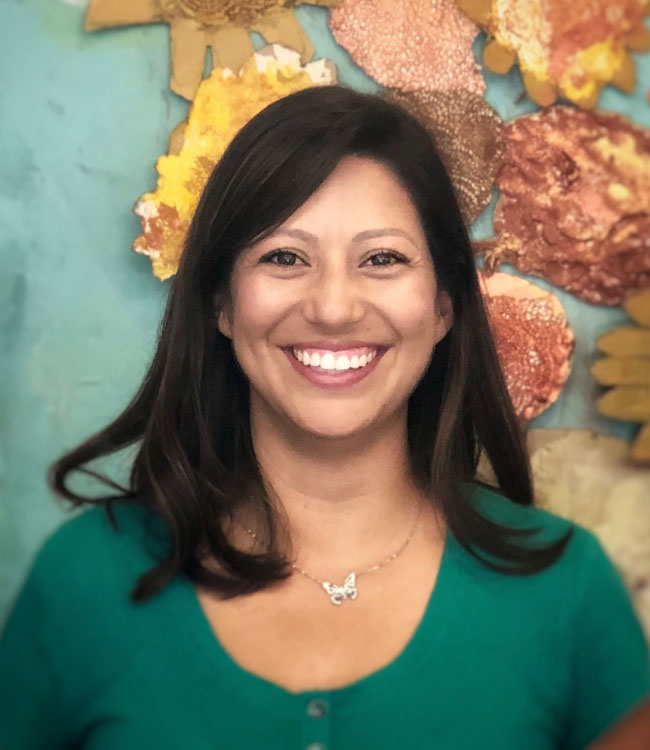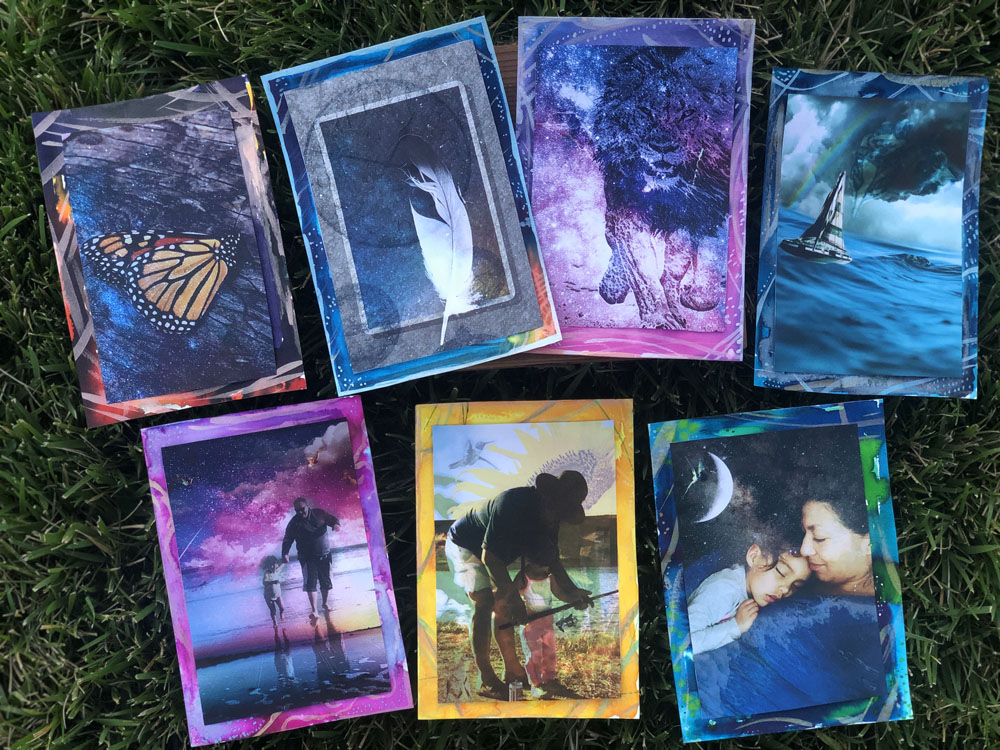July 24, 2019 | By Melissa Contreras-Walter, MA, AMFT, ATR-P
 Tell us about yourself
Tell us about yourself
When I decided to become a mental health therapist, I initially only wanted to work with adults as working with children would be too emotionally challenging. After having a conversation with a colleague about the positive impact one could have on a child, I realized working with children and families would be my calling. While earning my BA in Psychology with a minor in Sociology (family concentration) from San Jose State University, I immersed myself in volunteering and working with youth. My objective was to gain experience in many areas from being a mentor to youth at risk, volunteer for a local LGBTQ teen group, a preschool teacher, and early in-home intervention specialist. With all of these experiences, I quickly learned how positive of an impact a caring adult can be for a child. I graduated from Notre Dame de Namur University in Belmont, California with a Master’s Degree in Marriage and Family Therapy with an emphasis in Art Therapy Psychology. I currently work with children and young adults who are severely impacted by Autism at The Creekside School and in a private practice setting in San Jose, California.
What excites (or inspires) you most about your job right now?
Being a witness to the art-making process and how art can connect people, even those who have severe communication challenges is powerful and inspiring. In those moments I feel most validated by my work as an Art Therapist — having a platform to bring awareness to Art Therapy as a treatment for individuals impacted by Autism by highlighting its value in one’s treatment. Art Therapy for individuals with Autism, especially those severely impacted, can allow a space for one to work on many goals at once (sensory integration, communication, creative expression and behavior) without pressure. In my new role with The Creekside School (TCS) as the Art and Mental Health Therapist, I get to share the expressive arts with my students, helping them creatively express and connect with others through art. The Creekside School has a multi-disciplinary approach that relies on constant collaboration across our team of professionals. The founders of TCS believed that the DIR/Floortime Model (Developmental, Individual Differences, Relationship Based) by Dr. Stanley Greenspan was the most appropriate for their children and became the foundation for TCS.
Learning about applying the DIR/Floortime principles while obtaining my graduate degree has shaped how I think and work with students and their families. DIR/Floortime Model is a child-center approach that focuses on relationship building before anything else. This philosophy is very much in line with being an Art Therapist, and I knew that this approach would be a nice fit for an Art and Mental Health program for TCS. Another exciting component of my work right now is learning how to apply the DIR/Floortime principles as an Art and Mental Health Therapist through the supervision with Dr. Barbara Kalmanson who is a well-known expert in the field of mental health and DIR/Floortime model.
Has working with a particular client group shaped your professional focus or specialty? What have you learned from working with these clients?
Working with individuals and their families who are impacted by Autism is a population that I find the most challenging and rewarding. Through all my years working with this population, I have collected many stories from grief to success from siblings to caregivers. The complexities that these families face daily is an opportunity for more mental health awareness for the whole family. This understanding also became the basis for my graduate research from the perspective of siblings. As Art Therapists, we have an opportunity to make a great impact by not only serving the individual, but the whole family. The main take away from working with people severely impacted with Autism is that despite their difficulty to connect and communicate, the want and need is still there. As Art Therapists, we can be a bridge for change using art as a means of communication and connection.
What advice would you give someone interested in pursuing a career in art therapy?
I would recommend that one connects with other Art Therapists via social media, academic or professional setting and learn about what we do. My first introduction was through books, but I feel now with social media there is much more direct access to Art Therapists. I would also strongly advise that anyone interested in becoming a therapist try therapy and ideally with an Art Therapist who has the following credentials (ATR-P, ATR, ATR-BC).
What are your hopes for the future of the art therapy profession?
I hope to see Art Therapy as a common Mental Health therapy for individuals and families impacted by Autism. I also believe that Art Therapists should gain experience working with individuals who have Autism at some point in their career as our influence on the entire family is a positive one. As we work in the field, we will encounter someone who has been affected by Autism in some way.
Is there anything else you would like to share?
As a new professional, I highly encourage re-connecting with your graduate programs and other ATR professionals to share all the important work we are doing. It’s our connections to our graduate programs, colleagues and our ATR supervisors who can help us feel grounded. Often we are the only Art Therapist at our employment, and that can leave you feeling isolated. I also think it is important to find ATR supervision as soon as one can. I was fortunate to be supervised by Melissa Satterberg, Ph.D. ATR-BC, and her guidance earlier on in my career has been monumental in my confidence and direction of work as an Art Therapist. Self-care and making time for art is most important. When you are not enjoying the work you are doing, it’s time to check in with yourself.
“Gifts from the Sky” by Melissa Contreras-Walter. Mixed Media 4×6 cards on watercolor paper. 2018.
Artist’s statement: “When my grandfather was diagnosed with cancer my family and I were devastated. Art was the only way for me to process such an emotional time. I made more art than any time in my life. While sitting in the waiting room, after a long day of caring for many family members during this journey and when I was able to reconnect with nature I would create art in some way. These cards are made up of personal photographs created into digital collages with painted backgrounds. My cards symbolize of what I needed most and as reminders of what I have.”

